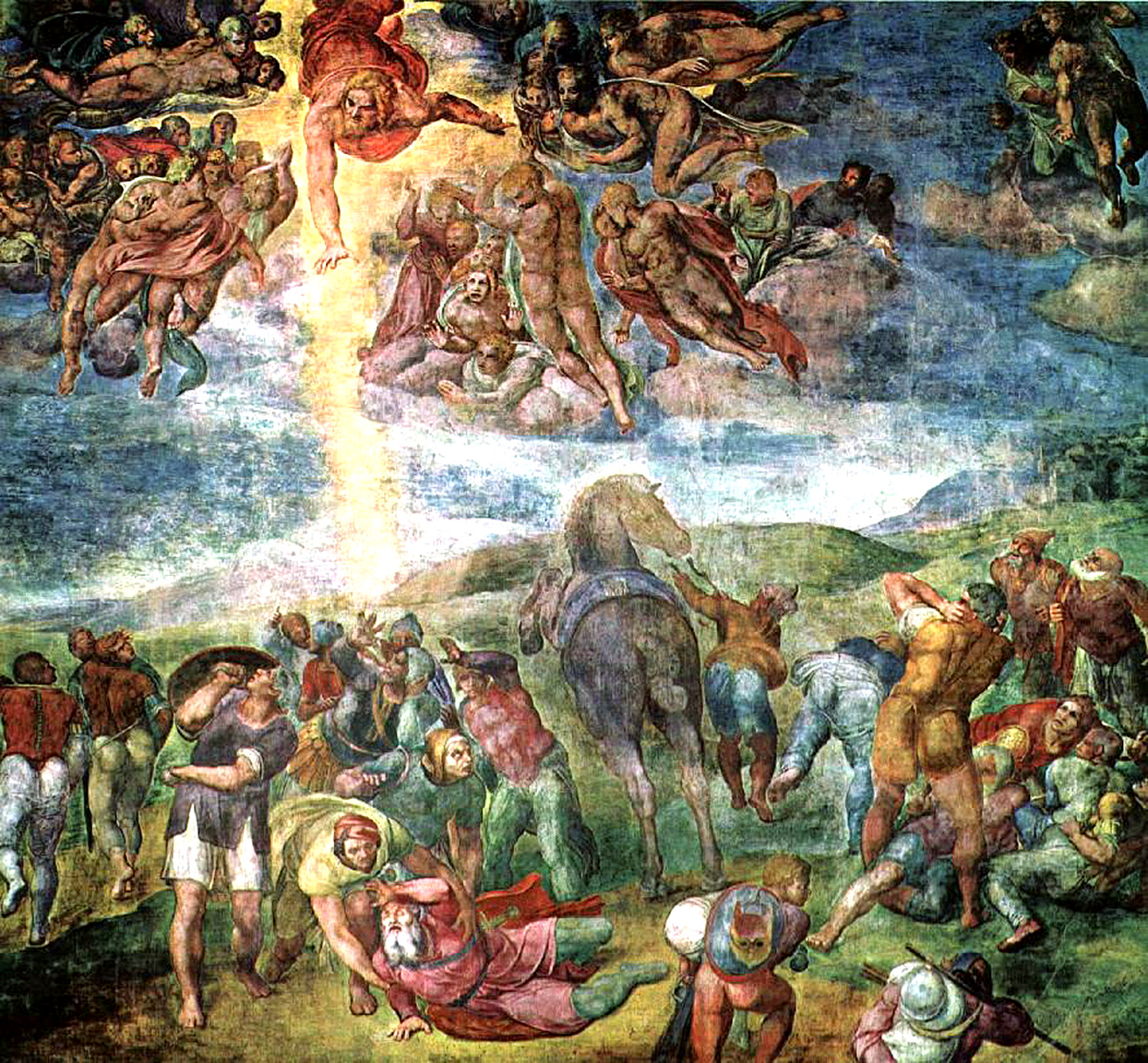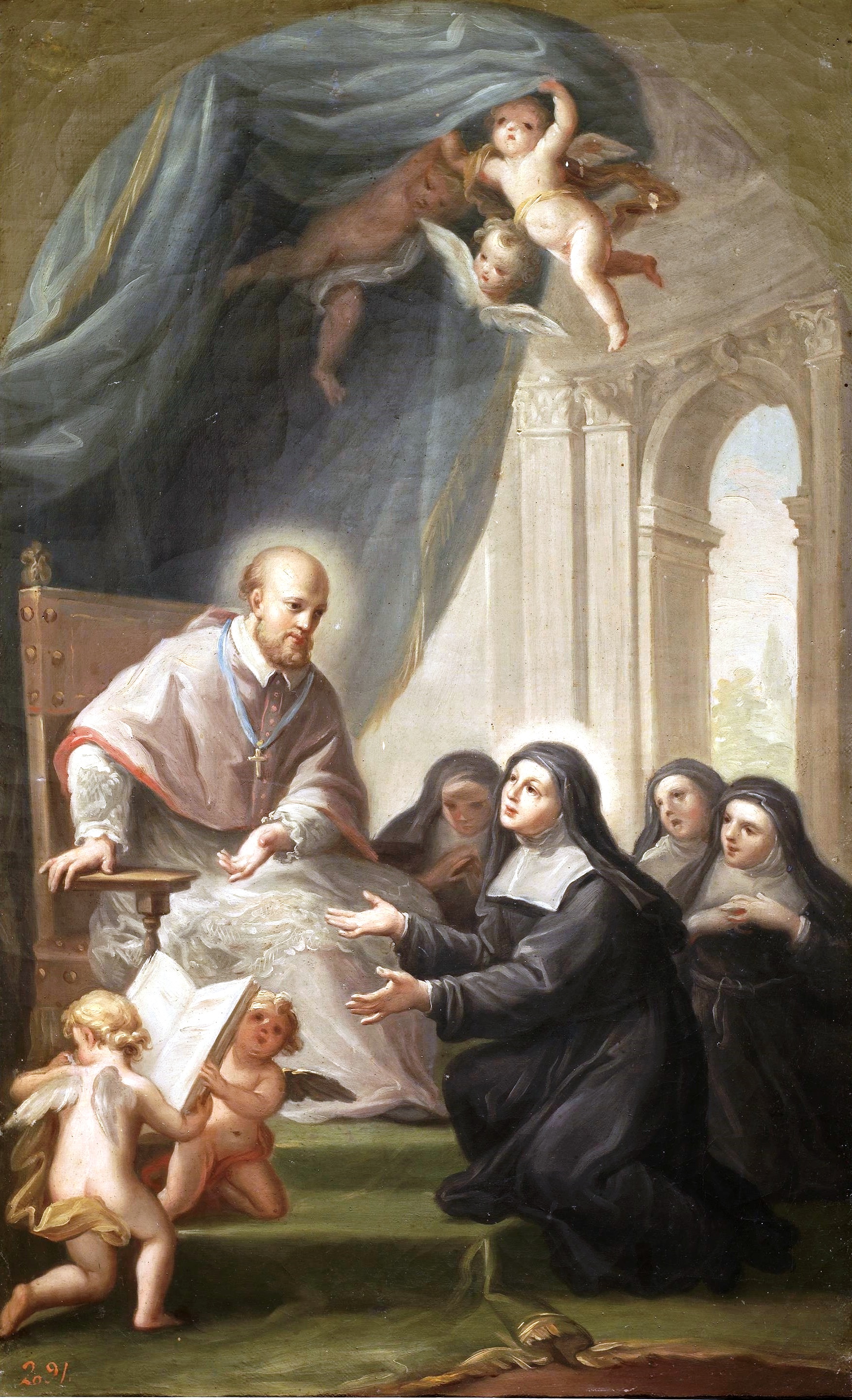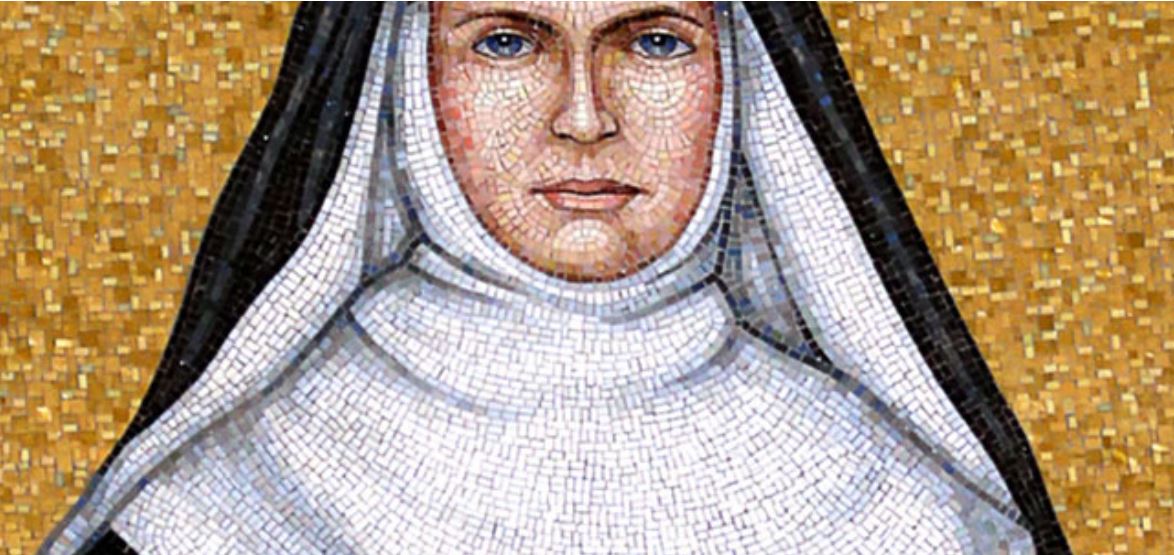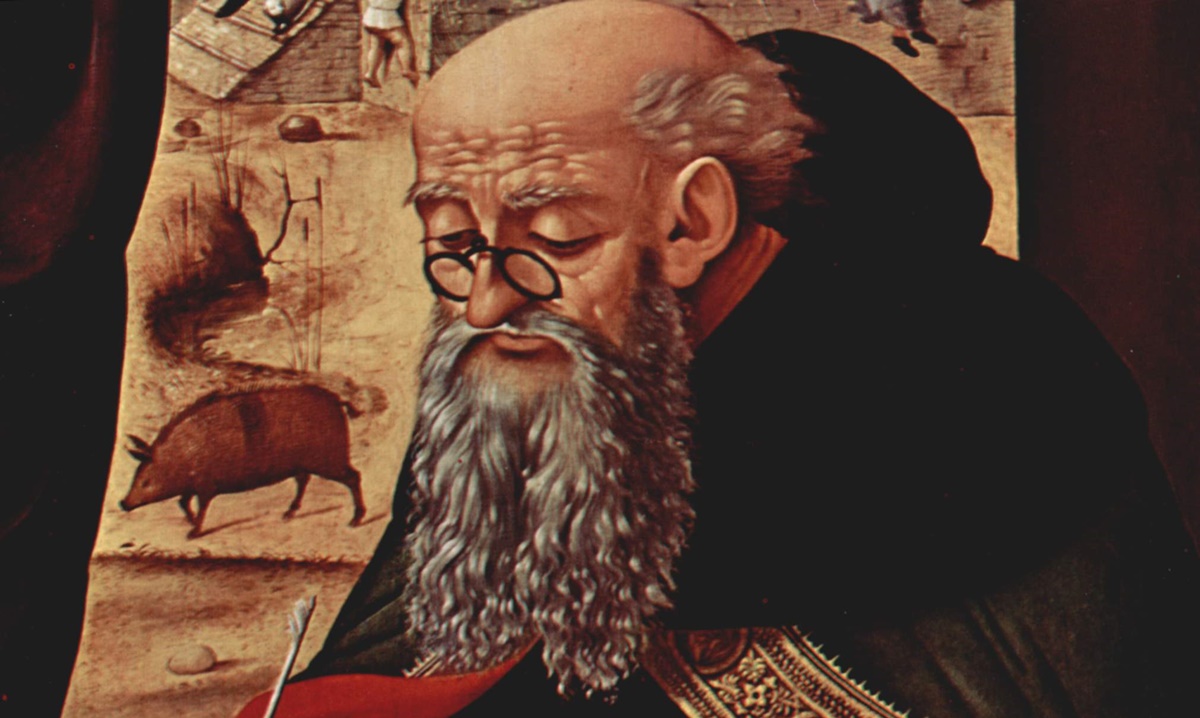One feast day that often slips by without notice is the feast of the Conversion of St. Paul. This miraculous event, which has been part of the Church calendar for more than 1,500 years, is an unmovable feast — that is, it is always on the same calendar date, Jan. 25. (Some years, the feast day falls on a Sunday, and because only a Solemnity or a feast of Our Lord can trump the Sunday liturgy, the feast of the Conversion of St. Paul is not always widely commemorated then.) But these calendar circumstances in no way diminish the importance of Paul’s conversion, as he was among the greatest of the missionaries spreading the words of Jesus Christ. Further, he is an example that anyone, even the most hardened unbeliever or the vilest heretic, can be created anew by our loving Savior. Find out more about St. Paul online.
St. Frances de Sales
When Saint Francis de Sales was born in 1567 in Thorens-Glières, France, his father had his life planned out for him. This life would be one of nobility, with a career in law that would culminate with his appointment as a magistrate. Francis’ earthly father planned a prosperous and prestigious future for him, but it turned out that his heavenly Father had other plans. Find out about those plans online.
The childhood of St. Marianne Cope
The family of Barbara Koob — St. Marianne’s birth name — emigrated from Germany for America the year after her birth in 1838, and the immigrant family’s name became Cope. Although she felt called to religious life, Cope began factory work after eighth grade to help her family’s finances when her father became ill. When her father died in 1862, Cope could finally profess vows with the Franciscan Sisters in Syracuse. The newly named Sister Marianne soon began service in German immigrant schools. Discover more about her life and watch a short video online.
St. Agnes of Rome
Called Agnes of Rome in some lists, she was a virgin and martyr, held in esteem by the Church since her death. There is no documented evidence about the martyrdom of Agnes, although her feast day was assigned early and her grave near the Via Nomentana was recognized soon after her death. She was young when martyred; St. Ambrose stated that she was only twelve, and he testified about her death. Watch the video about her life online.
St. Anthony of Egypt … and his pig
This 5-minute video is created from still photos of a play for paper theater by Father Matthew Powell, O.P., about the life of the third-century hermit of Egypt, his battles […]





